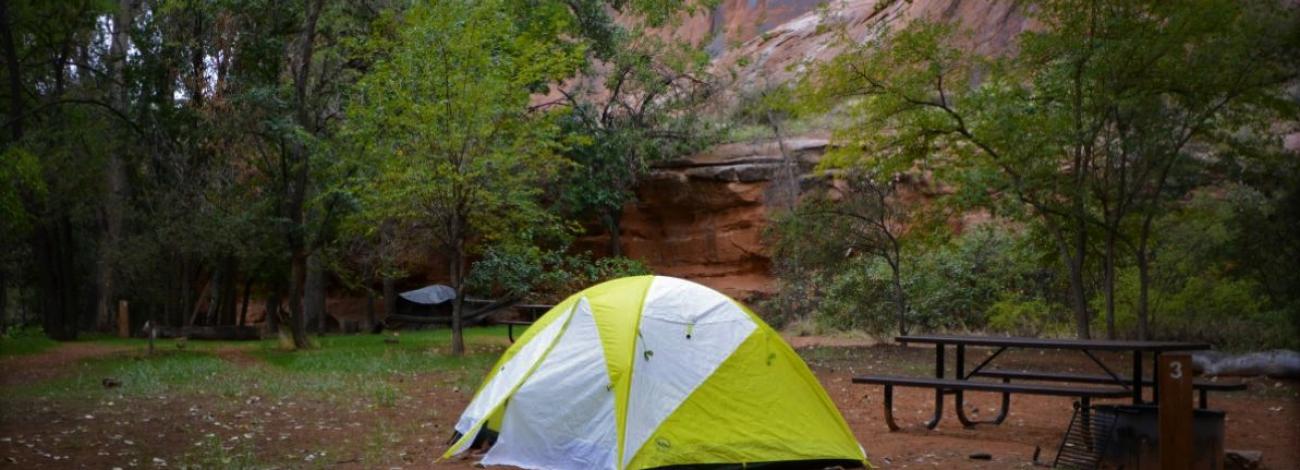
When Nature Calls...
When Nature Calls...
Properly disposing of human waste is important to avoid polluting water sources, minimizing the chances of spreading disease and maximizing the rate of decomposition.
In forest locations, burying human feces may be the correct manner to dispose of your human waste. However, desert and alpine areas will require visitors to pack out human waste and toilet paper in a Waste Alleviation and Gelling (WAG) bag or other portable toilet equipment that safely holds waste until it can be disposed of properly. Solid human waste must always be packed out from areas like narrow river canyons.
Gotta Go Tips
Check out these tips to keep public lands and water resources healthy and beautiful. Learn more about properly disposing of human waste by visiting the Gotta go? article by the Utah Department of Environmental Quality - Water Quality.
Know Before You Go
For many recreational activities, visitors can bury human waste in a 6- to 8-inch cat hole, but some locations may require special equipment or different methods to properly disposing of human waste. Know before you go by researching the area and visiting our website for details about the recreation site.
Be Prepared
Before heading out, determine how you will properly dispose of your waste during or after your trip. Be prepared by bringing the proper equipment, toilet paper, and a Waste Alleviation and Gelling (WAG) bag if you are visiting a location that requires you to pack out your waste like desert and alpine areas.
Go Before You Go
Go to the bathroom before you head out on your adventure! Some recreation areas may have toilets or outhouses available that you can use before you start a recreational activity. Please respect these restroom facilities and help them stay open for public use. Visitors are reminded to never put trash into the toilets, as this can cause significant damage to the restroom and make it difficult to empty the septic tank.
River Rules
As a part of the guidelines in river permits issued by the Bureau of Land Management, a toilet system is required. Visitors will need to have a washable, leak-proof toilet system that allows for the carry-out and disposal of solid human body waste in a responsible and lawful manner. The system must be adequate for the size of the group and length of the trip, and must be accessible during the daytime. Bag systems are acceptable if they are part of a specifically engineered bag waste containment system containing enzymes and polymers to treat human solid waste. All solid human waste, including bags, must be contained in a leak-proof, animal-proof, hard-sided container with a screw-on or ratchet-locking lid. Leaving solid human waste on public lands or dumping it into vault toilets at Bureau of Land Management facilities is prohibited.

